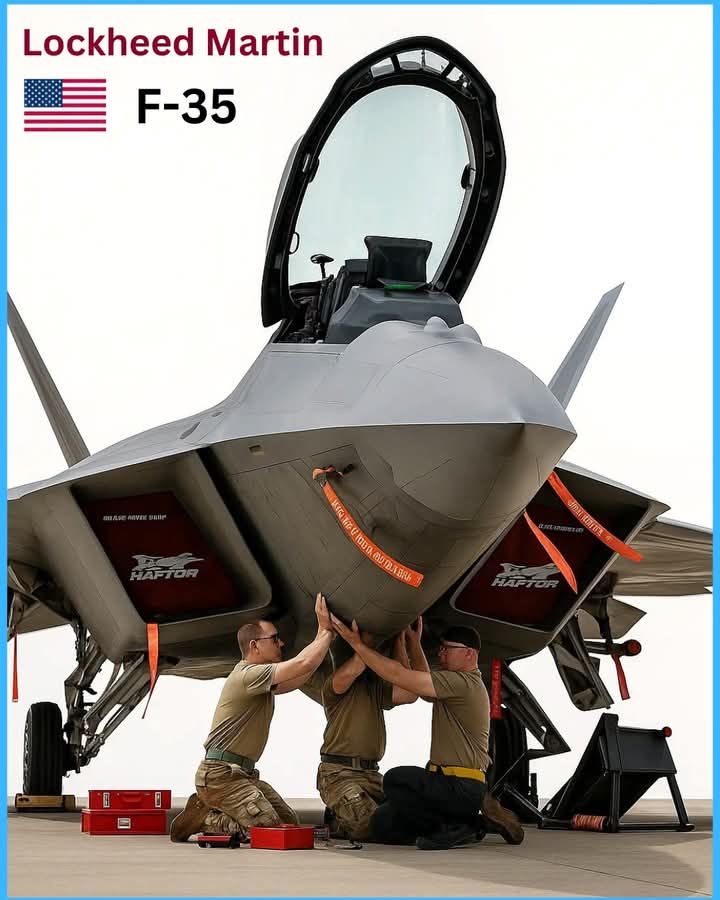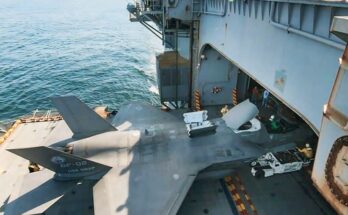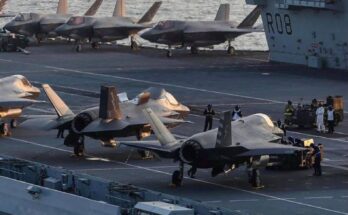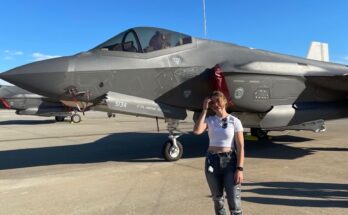
The Lockheed Martin F-35 Lightning II is one of the most advanced fighter aircraft ever developed, and it plays a central role in the modernization of the United States Air Force (USAF). Designed as a fifth-generation multirole stealth fighter, the F-35 combines speed, agility, stealth technology, and advanced sensor integration into a single platform. For the Air Force, the jet is more than just another aircraft; it represents a leap in airpower that ensures superiority in future conflicts.
The F-35 program was created to replace a range of aging aircraft, including the F-16 Fighting Falcon and A-10 Thunderbolt II, while complementing the F-22 Raptor. Unlike earlier fighters that specialized in air-to-air or air-to-ground missions, the F-35 was designed to perform both with equal effectiveness. It can carry out intelligence gathering, electronic warfare, surveillance, close air support, and precision strike missions—all while remaining difficult for enemy radar to detect.
One of the defining features of the F-35 is its stealth capability. The aircraft’s shape, along with radar-absorbent materials, allows it to operate deep inside contested environments without being easily detected. This stealth advantage is crucial for the Air Force in scenarios where adversaries deploy sophisticated air defense systems. Alongside its low visibility, the fighter carries advanced avionics, including the Distributed Aperture System and the Electro-Optical Targeting System. These give pilots a 360-degree view of the battlefield, allowing them to identify and engage threats faster than opponents.
The cockpit of the F-35 also represents a technological leap. Instead of traditional dials and gauges, pilots use a large touchscreen display, voice commands, and an advanced helmet-mounted display system. This helmet projects vital flight and mission information directly onto the visor, even allowing pilots to “see through” the aircraft with external cameras. Such features reduce pilot workload and enhance situational awareness, which is essential in modern combat.
Performance is another strong point of the F-35. Powered by the Pratt & Whitney F135 engine, it can reach speeds of Mach 1.6 and carry a mix of precision-guided bombs, air-to-air missiles, and other munitions. While not as fast or agile as the F-22 Raptor, the F-35 was designed for versatility and survivability, giving the Air Force a flexible aircraft for a variety of missions.
The United States Air Force operates primarily the F-35A variant, which is the conventional takeoff and landing model. It is the most widely produced version and is also used by many allied nations. The Air Force has committed to acquiring over 1,700 F-35As in the coming decades, making it the backbone of its tactical fighter fleet. Training and integration of the aircraft continue across multiple bases, ensuring readiness for global operations.
For the Air Force, the F-35 is more than just a fighter; it is part of a networked system of warfare. The jet can share data in real time with other aircraft, ships, and ground forces, creating a connected battlespace. This integration enhances joint operations and strengthens the United States’ ability to deter or respond to threats worldwide.
In summary, the Lockheed Martin F-35 is a cornerstone of the U.S. Air Force’s future. Its stealth, versatility, and advanced technology make it a dominant force in modern aerial combat. As adversaries develop new capabilities, the F-35 ensures that the Air Force maintains its edge in both deterrence and combat effectiveness.


